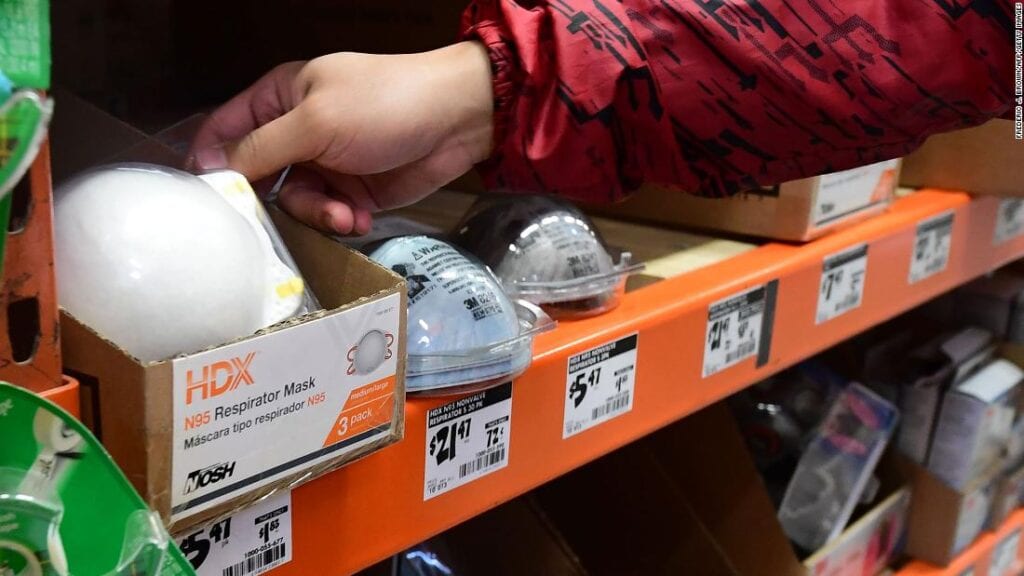P2 and NIOSH masks—is there a difference?

Due to the coronavirus pandemic, respiratory masks have been in short supply internationally.
While the AS/NZS standards are the only approved certifications for respiratory protection in Australia and New Zealand, we have been fielding a lot of questions about respirator classifications, especially the American NIOSH standards.
Here’s an explainer of how our AS/NZS standards compare to the US standards—pretty closely actually:
What do the NIOSH figures mean?
So, briefly on the US/Canadian classifications—the codes are easy to follow. They have a letter (N, R or P), followed by a number (95, 99 or 100).
The letter indicates the filter fabric’s degree of resistance to oil:
- N – Not Resistant to Oil
- R – Somewhat Resistant to Oil (in the US, certified for up to 8 hours service)
- P – Strongly Resistant to Oil—Oil Proof (in the US, certified for up to 40 hours or 30 days of use, whichever comes first)
‘N’ rated masks are the most commonly used in the US and are suitable for any dry dust—coal, metallic dust, flour, wood, pollen and water-based aerosols. Oil rated filters will be better for some engineering situations, oil-based agricultural sprays etc.
The number indicates the percentage of when tested against very small, difficult to filter, particles:
- N95 respirators remove at least 95% of airborne particles with a size of 0.3 microns
- N99 respirators remove at least 99% of 0.3-micron particles
- N100 respirators remove at least 99.97% of 0.3-micron particles
How does this relate to New Zealand?
As shown below, the American/Canadian N95 classification is almost exactly the same as the P2 classification used in New Zealand. Our P2 masks are perfectly suitable in place of overseas recommendations for N95.
European and AS/NZS classification | NIOSH classification | |
|---|---|---|
Class code | P1 | No equivalent NIOSH classification |
Filtration rate | Filters at least 80% of airborne particles. | |
Suitable for | Suitable for relatively large particles (>1 micron) generated by mechanical processes, eg. grinding, sanding, drilling, sawing, mining. | |
Class code | P2 | N95 |
Filtration rate | Filters at least 94% of airborne particles. | Filters at least 95% of airborne particles |
Suitable for | In addition to the above, particles generated by mechanical and thermal processes. This class of filters has a higher capture efficiency to deal effectively with smaller, thermally generated particles like sub-micron sized welding fumes or fertilizer. P2 filters can also capture biologically active airborne particles under specified conditions and are recommended for specific infection control applications (e.g. SARS, TB or other infectious diseases). | |
Class code | P3 | N100 |
Filtration rate | Filters at least 99.95% of airborne particles (but to ensure proper fit to the face the filter is required to be used with a full facepiece). | Filters at least 99.97% of airborne particles |
Suitable for | In addition to the above, highly toxic particles, eg. organophosphate insecticides, radionuclides, asbestos
| |
But two things to bear in mind:
- With disposable masks the difference between P2 and P3 is academic. The efficiency of filtration depends on how well the mask seals to the wearer’s face. And while disposable masks are comfortable to wear compared to reusable rubber masks, they always have a certain amount of leakage between face and mask, which is why true P3 protection can only be achieved if the P3 filter is used in a full-face respirator—not a disposable mask.
- Although P3 masks filter slightly more particles, the fabric is also denser, making it harder to breathe, which can lead to moisture saturating the filter and degrading efficiency. A P2 mask is the best option if you expect to be physically active. In bushfire situations, the Australian Rural Fire Service recommends P2 filters, saying P3 masks, by design, can pose risks such as an increase in the likelihood of heat stress. P2 masks are “a practical solution for managing exposure to bushfire smoke when taking into account other risks such as the displacement of metabolic heat.”